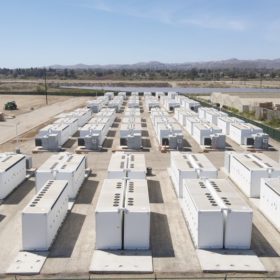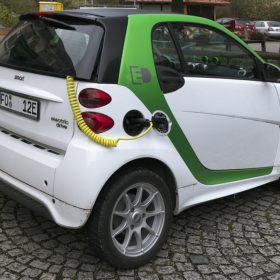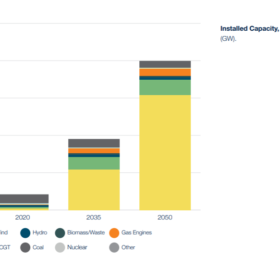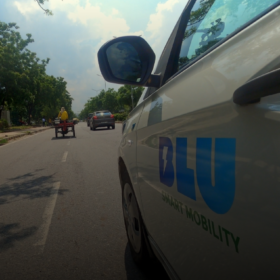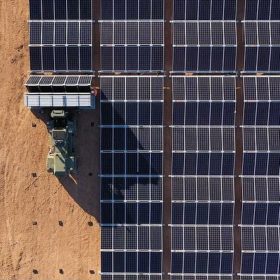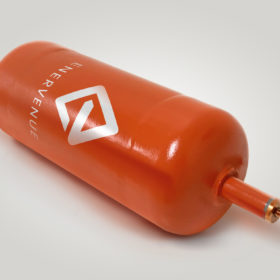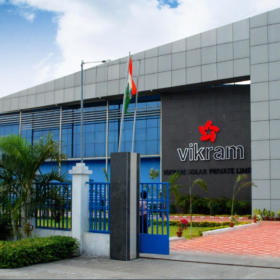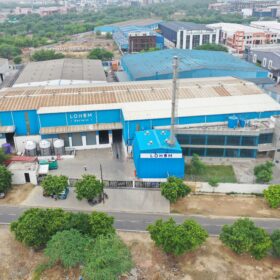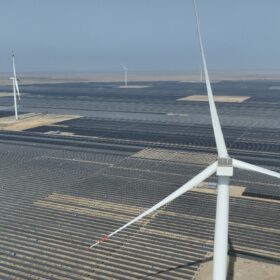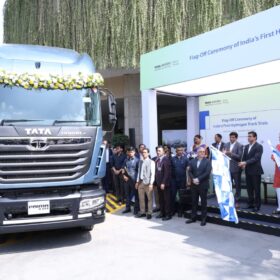SECI invites proposals for 1 GWh of battery energy storage systems
The draft guidelines and the draft tender document inviting bids for setting up standalone battery energy storage systems in India have been uploaded on the SECI site. The final tender document will be issued based on the comments and discussions with the prospective bidders on the draft guidelines and draft tender documents.
Supply shortages likely to hit utility energy storage as EV demand grows, IHS Markit says
Cell manufacturers are expected to prioritize larger customers in the automotive industry over relatively small energy storage system integrators.
Magenta to deploy EV charging solutions in Delhi
Magenta, in collaboration with State power discom BSES, will deploy innovative EV charging solutions in the discom’s service area in Delhi. It will undertake the installation, operations and maintenance of EV charging solutions under the ChargeGrid brand.
All-renewables power system with 76% solar share could halve electricity costs and drive net-zero by 2050
A power system modeling study, jointly carried out by Lappeenranta-Lahti University of Technology (LUT) and Wärtsilä, explores the feasibility of a net-zero-emissions power system in India by 2050. It shows that an all-renewables power system, when paired with flexible generation technologies (thermal balancing power plants and energy storage), can improve the affordability of electricity while ensuring the reliability of system operations.
Panasonic launches 5 kW fuel cell system for commercial applications
The system has dimensions of 834×417×1,766 mm and weighs 205 kg including the design panel. It achieves an electrical efficiency of 56% and can be connected with a hot water storage unit.
bp invests in electric mobility startup BluSmart
The venture capital arm of British energy company bp has invested $13 million in BluSmart in a $25 million Series A funding round. The investment will help BluSmart bring its electric vehicles and charging stations to five major cities.
Developer calls world’s largest solar+storage project ‘the first of many’ to come
The Australian-Singaporean group behind a proposed 20 GW solar PV farm and 42 GWh battery energy storage project under development in Australia’s remote far north has hinted that other, similar-sized projects are already in the pipeline.
How long do residential storage batteries last?
Multiple factors can affect the lifespan of a residential battery energy storage system. We examine the life of batteries in Part 3 of our series.
Nickel-hydrogen battery for large scale renewables
U.S. start-up EnerVenue has secured funding to build a gigafactory to produce nickel-hydrogen batteries for large scale renewable and storage applications. The battery has an efficiency ranging from 80 to 90%, depending on the cycle rate, and its energy density per square foot is equal to, or better than lithium-ion batteries, according to the company.
Hyderabad startup plans EV chargers at 4,000+ locations by 2025
SmartChargEV plans to set up electric vehicle charging facilities at 4,000+ locations in all the States and union territories of India by 2025, and 23,000+ locations by 2031.
